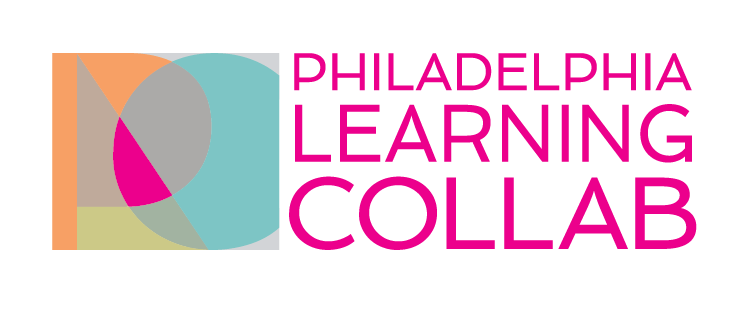Key Distinguishers:
Active, participatory, real-world teaching and learning
Authentic assessment and demonstration of mastery
Mission-driven, distributed leadership
Citizenship and community
Active, participatory, real-world teaching and learning
Students build deep knowledge by exploring and investigating questions, issues or problems with real world significance or application. Teachers structure and support learning opportunities, but students have significant choice and agency in the process. Learning and work take place beyond the classroom as well as inside it. Key practices for this distinguisher include:
• Project based learning, which explores meaningful problems or complex questions, often in real-world contexts.
• Work-based learning, in which skills and concepts are developed in professional contexts and reinforced through classroom work and reflection.
• Inquiry-based learning, in which students learn a process for asking questions and developing investigations of a theme or topic of interest.
Common to all three of these practices is the role of teacher as guide, facilitator and coach (and sometimes co-learner) rather than purveyor of content. Also common is the tendency toward multi- and interdisciplinary work, and an emphasis on recognizing and building on the strengths of diverse learners.
Authentic assessment and demonstration of mastery
What students know and can do is assessed using authentic tasks with real-world criteria. Students receive consistent, ongoing feedback on their performance. Student projects have an audience or stakeholder(s) outside of school. Key practices for this distinguisher include:
• Performance assessments requiring students to demonstrate knowledge or skills through design challenges, developing and demonstrating products or presentations.
• Portfolios, which are cumulative (and often curated) collections of student work, serving as evidence of skill development and progress over time.
Common to both of these practices is the assumption that student work and learning should be demonstrated publicly and frequently to audiences outside of the immediate school community, and that process (how a student works) is just as important as product (what they produce).
Citizenship and community
Student voice is respected and nurtured. School is organized around accountability for shared beliefs and values. Students are trusted and expected to work independently and collaboratively. Learning experiences emphasize opportunities to contribute to wider community. Social and emotional learning are central to academic work and community building. Key practices supporting this distinguisher include:
• Restorative practices emphasizing school-wide norms and values with high-level student buy-in, an emphasis on communities that support one another, and a strong sense of individual accountability to the whole community.
• Advisory focused on building strong, close relationships among students and adults, developing interpersonal skills, and exploring long-term interests and passions.
• Youth development practices that recognize the strengths, talents and assets of each student, and provide them with opportunities to exercise leadership and responsibility for the community.
While schools may articulate it in different ways, the common values of diversity, equity, and inclusion are evident in norms and expectations for students and staff alike.
Mission-driven, distributed leadership
School design, systems and processes flow from the mission. Those in formal leadership roles emphasize creating conditions to support the instructional model. Teachers have significant input into school design and operations, and share responsibility and accountability for common practices. Key practices for this distinguisher include:
• Collaborative design in which teacher experience and insights inform school organization, tools and routines, peer learning development. Teachers contribute to the school’s growth and evolution as an organization.
• Adult learning that mirrors the school’s core beliefs, approach, and instructional model. Learning is collaborative and continuous.




